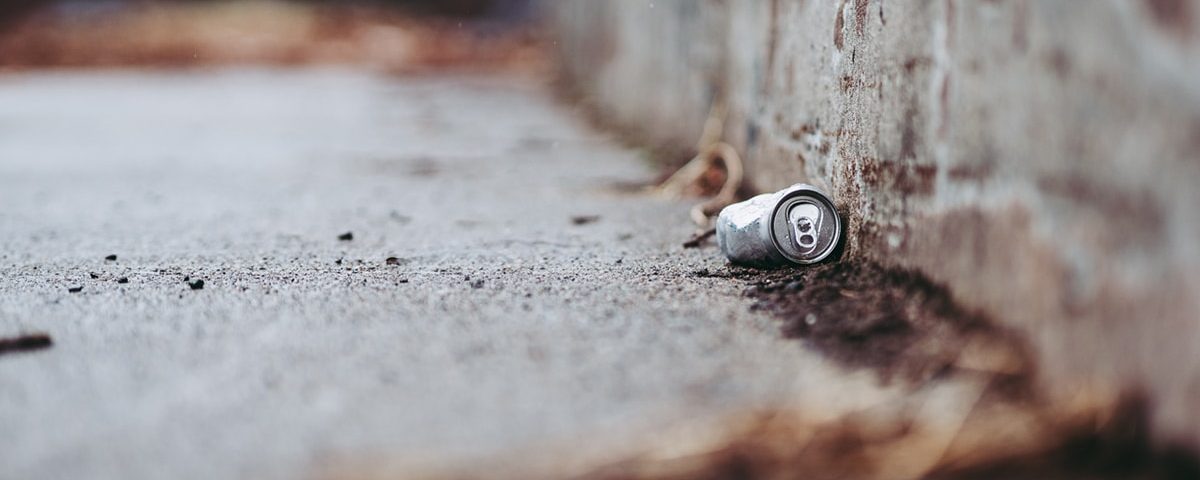
The production and consumption model set up in developed countries in the last third of the 20th century saw raw materials extracted from nature, transformed into products with an ever-shorter shelf life, and finally thrown away, but this is on its way out. This is not only because of the global impact it has on the planet, but also because some materials are beginning to show signs of running out or their extraction has become significantly more expensive. In Europe, this concern was clearly expressed in the document “Communication from the Commission to the European Parliament” regarding the list of raw materials that are essential for the EU. As a result of its content, Critical Raw Materials are a priority in the EU’s First Circular Economy Action Plan to promote their efficient use and recycling.
This linear economic model is producing an environmental and climatic impact beyond the planet’s capacity to remedy it and that, in a globalized economy, spreads out from the point of extraction of a raw material to the entire Earth.
The global economy is a fact, and the dependence of any one point on the planet on the rest is increasing. This is felt not only in the supply of raw materials and consumer goods, but also in management and final treatment of waste. The impact generated by China’s decision to limit its plastic imports drastically has sparked a crisis in the countries that sent that waste there, mainly Europe. Diversion to other countries (Vietnam, Malaysia, etc.) has been only temporary because they are already movng toward the same measure. These decisions mark the shift to a new stage for business and geopolitics, and the lesson learned is that you can’t entirely depend on a third party if you want to move forward in waste management and reach the new goals set in Brussels.
A holistic, global approach to addressing challenges for humanity: the Circular Economy
The global approach proposed to address these and other problems that humanity is currently facing is the so-called Circular Economy. The Circular Economy aims to imitate nature and create local ecosystems, whether natural or anthropic, turning waste from all sorts of processes into secondary raw materials, efficiently managing energy and generating a paradigm shift in which the Circular Economy is a system for using resources, while simultaneously boosting the economy and job creation. Circular economy brings waste management closer to resource management concepts and makes it an integral part of global resource markets.
It is clear that this challenge is of enormous magnitude, that implementing a new development model based on the principles of Circular Economy will not be easy and that no company or administration can do it alone. Since December 2015 when the first Action Plan was approved at the European level, there has been a lot of talk about Circular Economy, but the time has come to move from words to action and to make Circular Economy a reality by applying its principles.
Significant room for improvement in Circular Economy
The conclusions presented in the report “The circularity gap report 2020“, which was recently published at the annual summit of the World Economic Forum in Davos, are not very encouraging, and they make it clear that we have a long way to go.
- Today, only 8.6% of the world economy is circular. Two years ago, it was at 9.1%.
- Annual consumption of raw materials has exceeded 100 billion tons per year. Circle Economy, a group of experts, indicates in its study that global consumption over the last two years increased by 8%, while reuse and recycling of materials fell by half a percentage point – just the opposite of what needed to happen to be on the path to building a sustainable global economy.
- In 2017, the last year referred to by the Circle Economy‘s data, the world population as a whole used 100.6 billion tons of materials. While the world’s population has doubled since 1970, data from Circle Economy shows that consumption has nearly quadrupled since then.
- Besides helping mitigate climate and ecological crises, adopting circular economies would help make countries more competitive.
- A third of the materials used each year end up in the landfill. The study also indicates that some countries have improved their recycling and waste recovery rates, such as Sweden, Luxembourg, and Austria.
- In light of the urgency and the opportunity before us, an increasing number of countries and national governments are beginning to shape their strategies to support investment in specific, sustainable circular economy agendas.
The transition to Circular Economy: a priority
Based on the data mentioned above, the authors of the study urge governments and communities around the world to take urgent steps to hasten the transition to a circular economy.
At the beginning of March 2020, the European Commission’s new Circular Economy Action Plan was announced, and it sets forth the roadmap to follow with new priorities, including new lines of action such as water and nutrients.
In this sense, some of the levers to deploy the Circular Economy and achieve the transition to a new model of social, economic, and environmental development are:
- Developing new models of business and relationships between various actors in the circle. The Circular Economy isn’t a singular path; nobody can do it alone. Therefore, one must first become aware of the position that each agent, company, citizen, administration, etc. has in the process of circular economy. Secondly, we must look for new forms of relationships and partnerships between the different actors. As Peter Bakker, CEO of the World Business Council for Sustainable Development, points out in the report mentioned earlier,
Business as usual is dead. Debemos comprometernos a tomar medidas a escala para hacer realidad la economía circular.”
- Transformation of the current regulatory framework (designed for past eras of linearity) into a completely circular one.
- Regarding economic considerations, any circular project or initiative that arises must be supported and evaluated not only from the point of view of the investments needed, but also from an environmental and strategic perspective in relation to how it contributes to avoiding depletion of natural resources, especially in the case of Europe, where we have already consumed a significant portion of existing ones.
- Innovation for the development of new technological solutions: starting up solutions that allow us to close the circle for some materials that, until now, were considered waste. Simply put, “The future will be circular… or there won’t be one.” Earth is finite, and the resources it offers to humankind are also finite. The only alternative is to imitate Nature, and, just as it does with matter and energy, we can develop “anthropic ecosystems” that recirculate everything we produce and use. This opens up an immense field for developing new products and services that will allow us to make the changes that will ensure our survival as a species, without radically transforming the current model.
- Industry 4.0 In the last five years, the waste management sector has known that current treatment technologies have reached their limit. Yields and results are stagnant, and it is very difficult to increase them using current technologies that have been developed. We are up against the well-known law of diminishing returns (or the law of variable proportions, or the principle of diminishing marginal productivity or returns), which is so common in other production sectors and has finally reached our field of activity. As such, it is necessary to apply solutions and strategies similar to those already implemented before but adapted to the reality of waste. These go through development of new management practices and promotion of new disruptive technologies (robotics, artificial intelligence, … ). Industry is at the heart of waste management’s transformation.




There are no comments yet